Korean Culture | Evolution Of The Hanbok
From the Three Kingdoms to modern day Korea, how clothing has changed through the ages
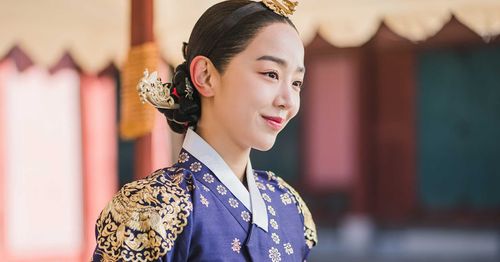
The Hanbok (한복) is traditional Korean clothing and has become very symbolic of Korea and its culture.
Today we're going to look at how the Hanbok has changed over time and what it looked like in different periods of history.
The Three Kingdoms 37 BCE-676 CE
삼국시대
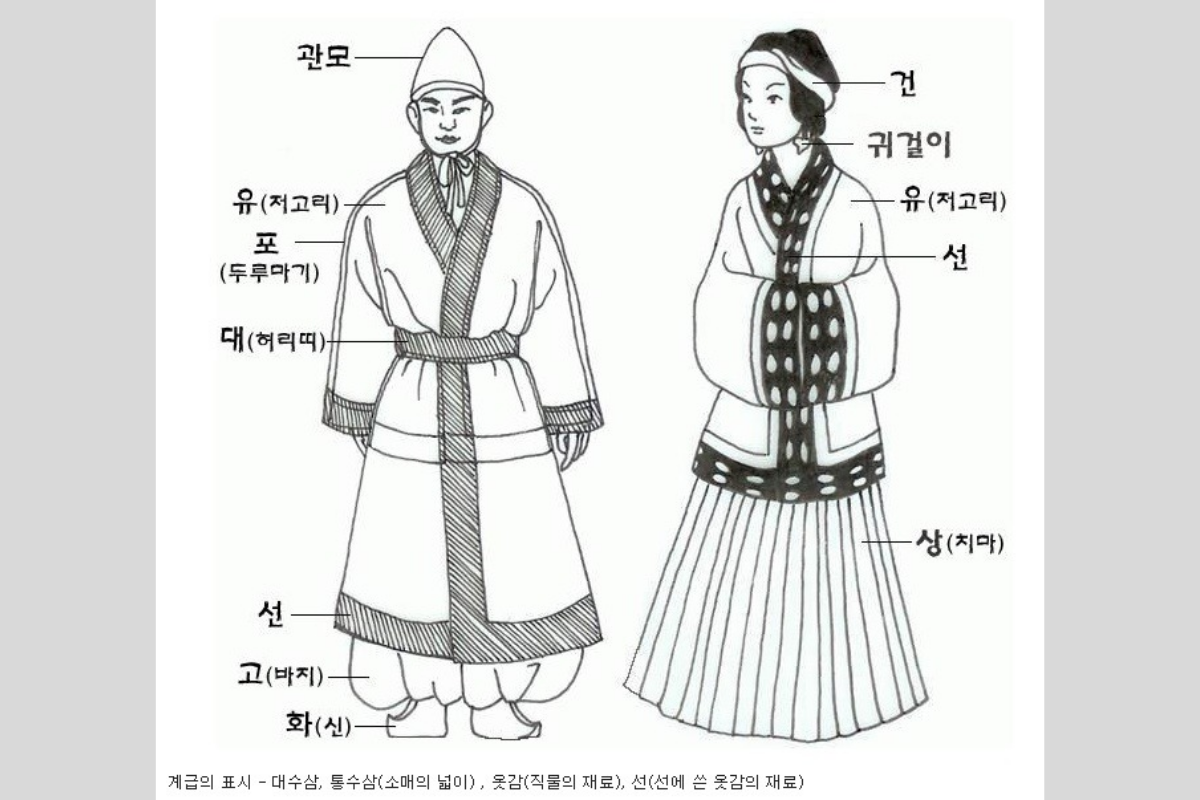 Source: instiz
Source: instiz
Hanbok for women consists of a top known as jeogori (저고리), the skirt - chima (치마), and jacket - durumagi (두루마기)
For men, there are also jeogori and durumagi, though the style differs from women's, and for bottoms, they have baji (바지) which are like pants.
Though the jeogori, chima and baji existed for a while prior to this, the durumagi did not come about until the Three Kingdoms era.
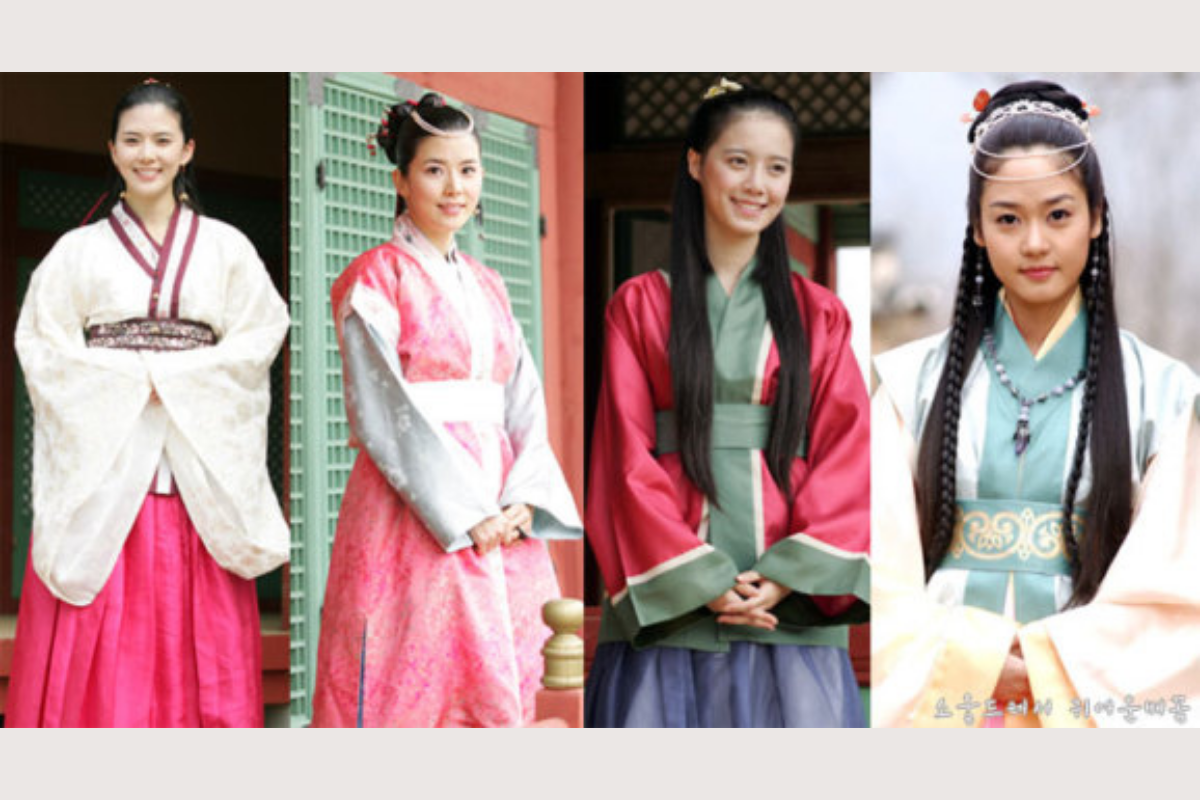 Source: Daum
Source: Daum
Towards the end of the Three Kingdoms era, aristocratic women began to wear waist-length jackets and long, ankle length skirts, while the noblemen wore loose pants, fitted at the ankles and long, belted tunics.
At the same time, silk robes became a thing, but only for the royals and their officials, which is where the Gwanbok (관복) originated from.
The clothes worn by regular people were much more simple and less colorful though, as it was very expensive to produce such clothing.
Goguryeo
고구려
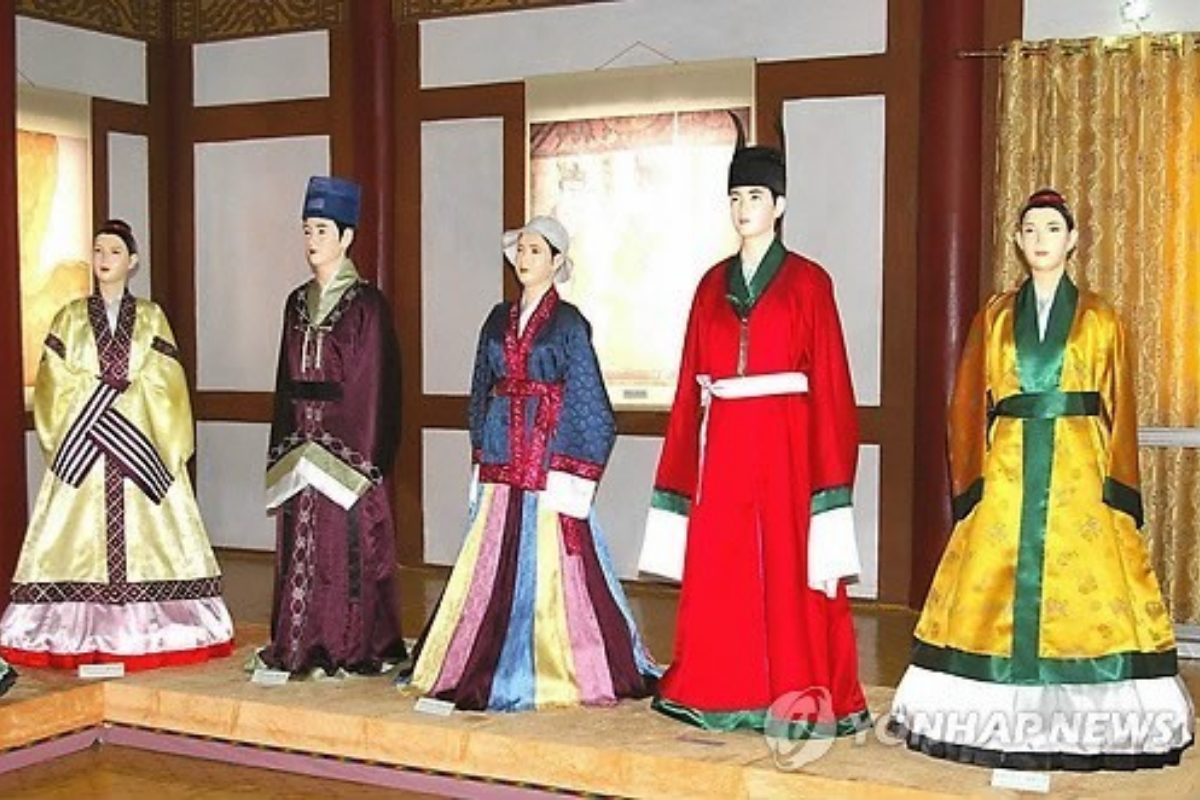
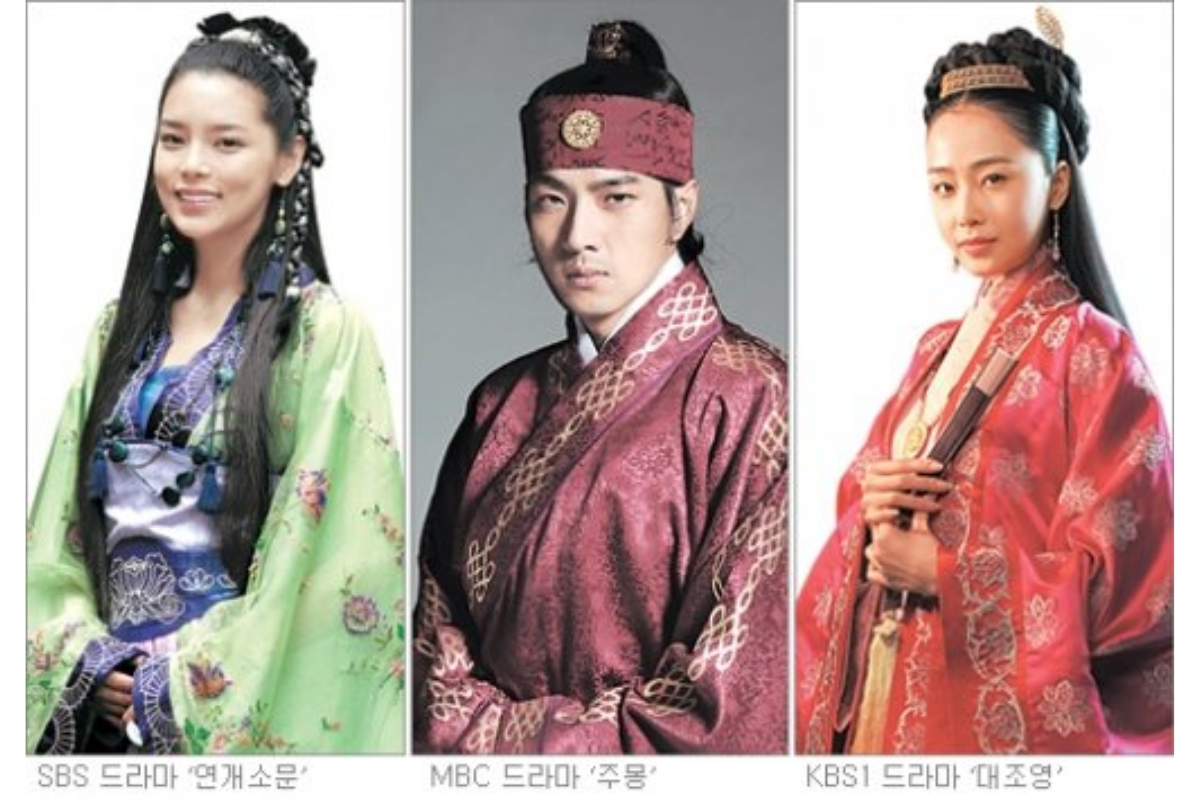 Source: Daum
Source: Daum
Baekje
백제
 Source: instiz
Source: instiz
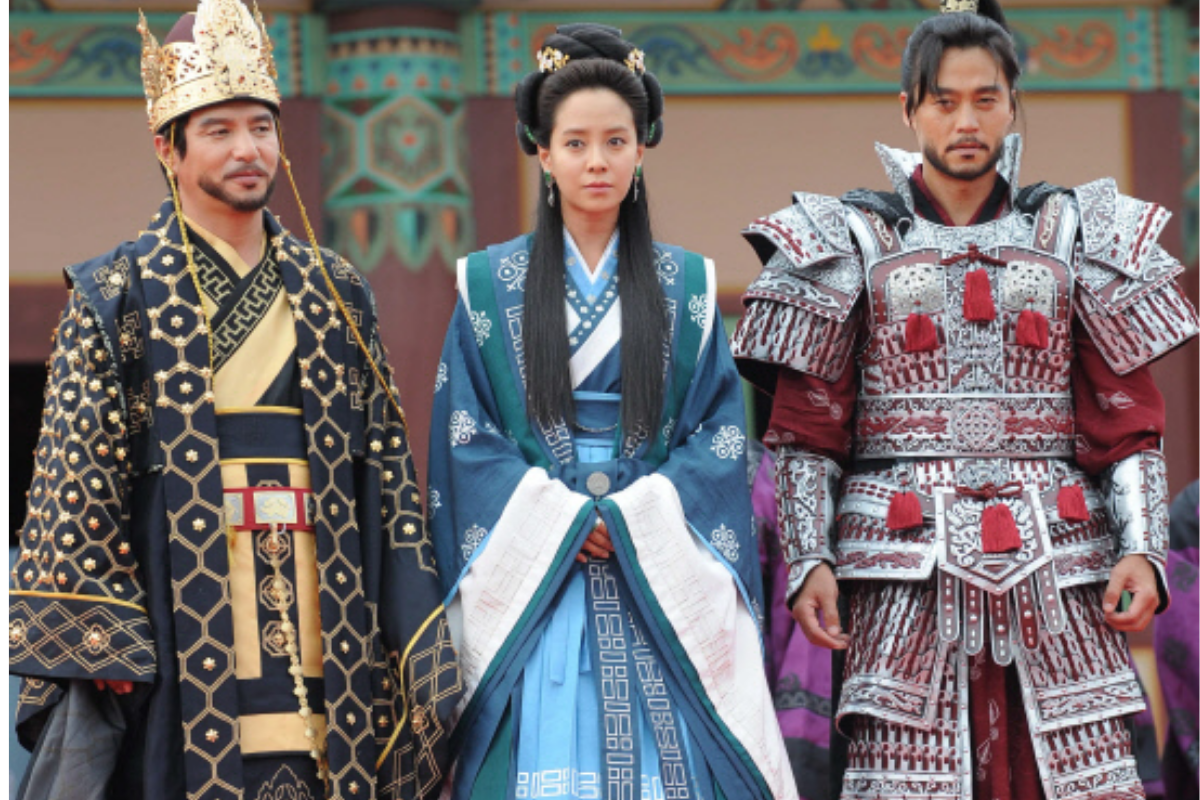 Source: Sport Chosun
Source: Sport Chosun
Silla
신라

Unified Silla Era 676-935
통일신라시대
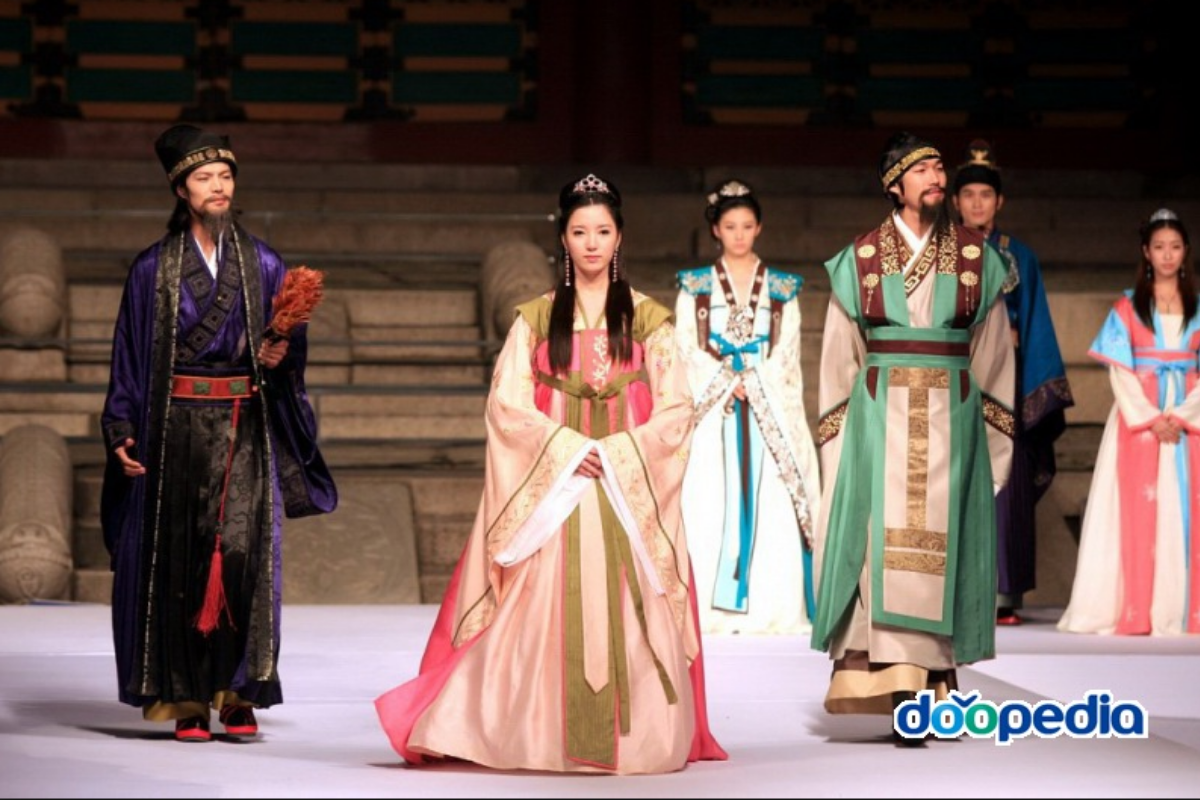 Source: Doopedia
Source: Doopedia
This was considered the golden age of aristocratic clothing.
Silla successfully united the Three Kingdoms into one, thereby absorbing the cultures of Baejke and Goryeo and improving relations with the Tang Dynasty.
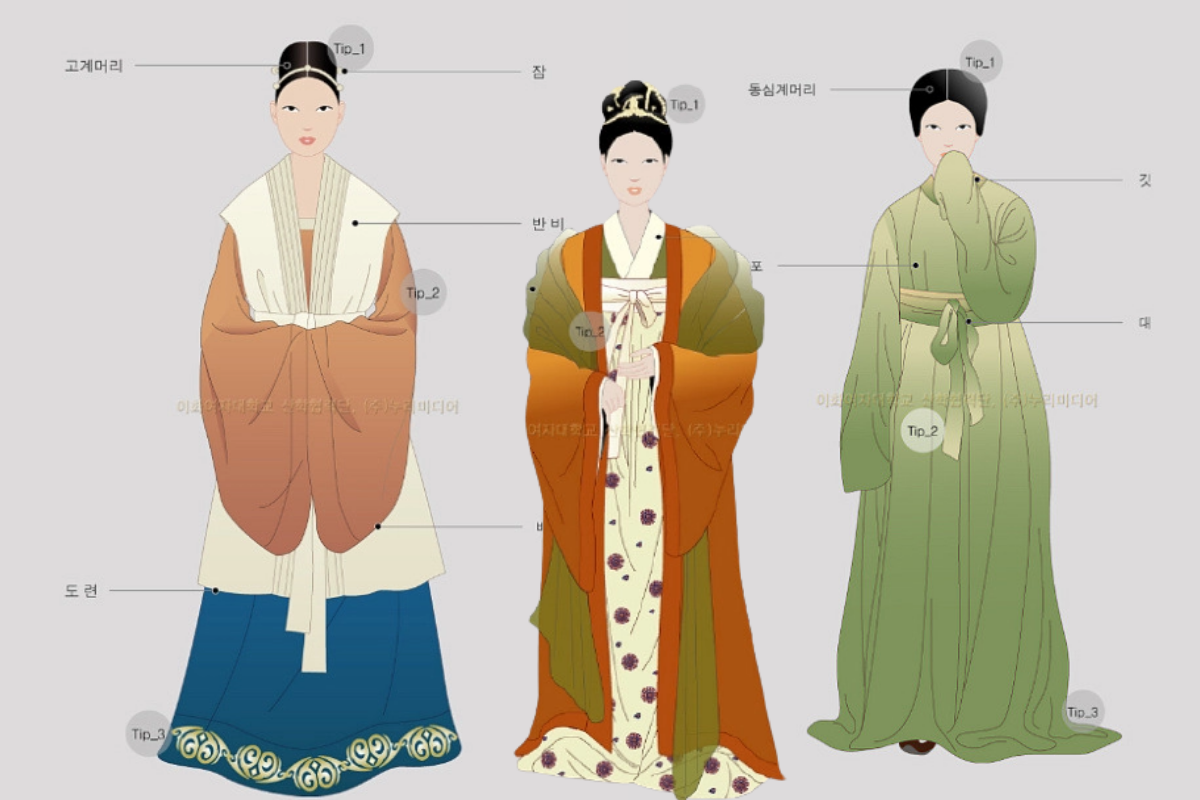 Source: instiz
Source: instiz
During this period, clothing was very much tied to social class.
There was influence in fashion trends from the Tang Dynasty at this time, with the round collar and large sleeves of the durumagi.
The Hanbok of this era also often included a wrap or scarf around the shoulders.
Goryeo Dynasty 918-1392
고려시대
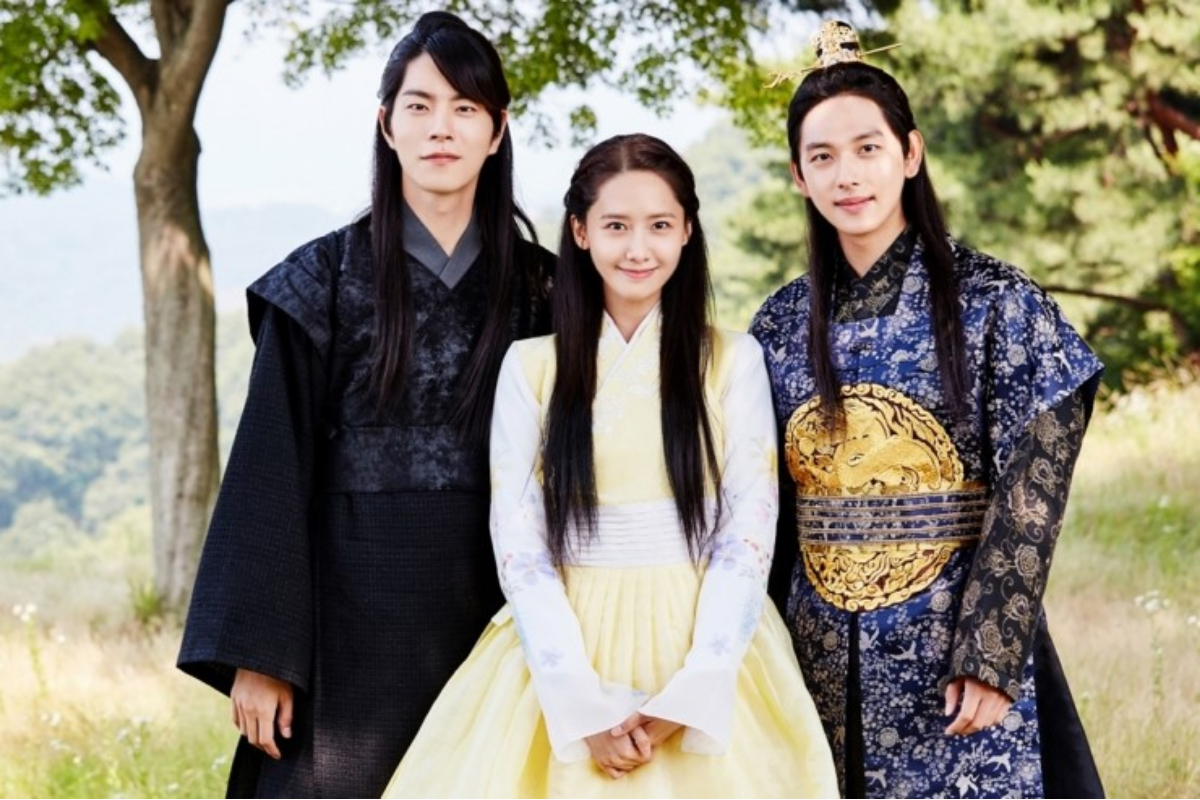
When the king of Goryeo married a Mongolian woman and signed a peace treaty with the Mongolian Empire, it influenced fashion and Chima and Jeogori became shorter.
The differences between men's and women's clothing and between classes was lessened during this period, reflecting less discrimination against women and between classes.
Joseon Dynasty 1392-1876
조선시대
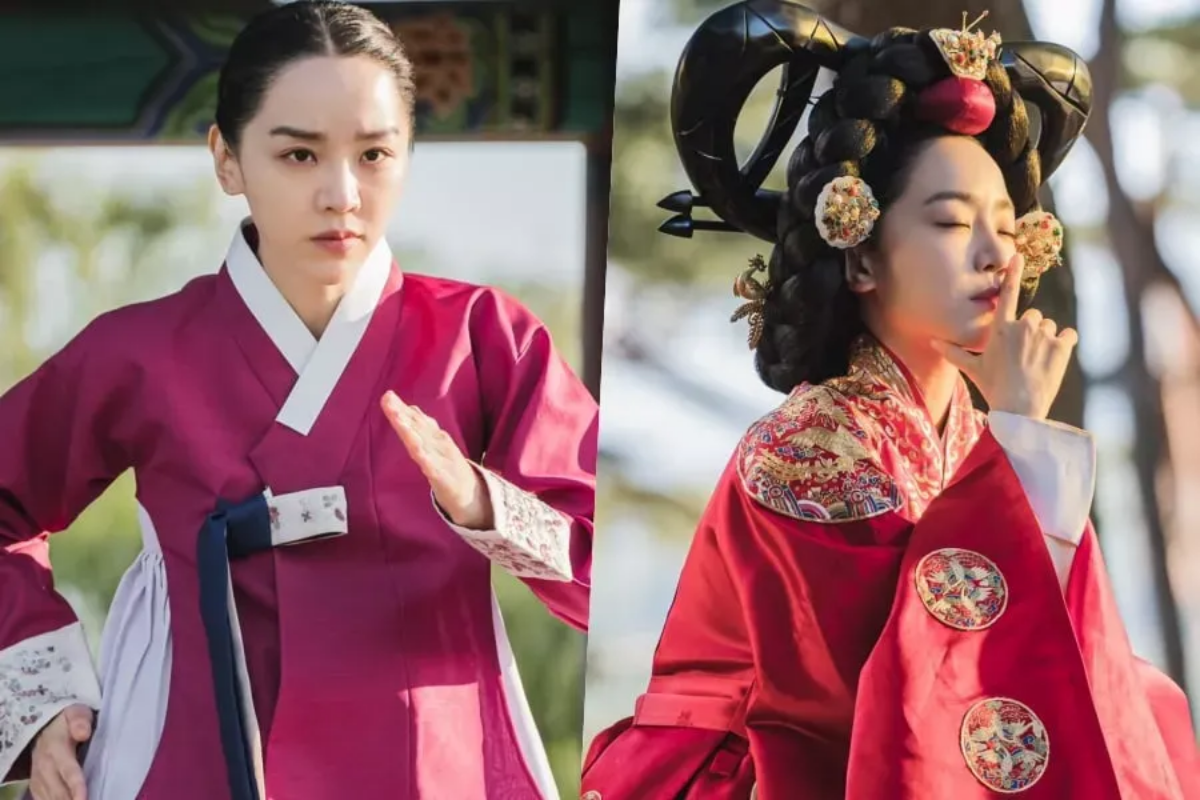
During the beginning of Joseon, dress did not change much due to the influence of Confucianism.
As the economy developed though, rules for dress were relaxed and became less strict.
In the late Joseon Dynasty, women's Hanbok became tighter and shorter.
In the 16th century, women's Jeogori were very wide and came down below the waist, but by the 19th century, they were so short they did not even fully cover the chest so an undershirt called Heoritti (허리띠) was developed.
 Source: instiz
Source: instiz
In the late Joseon Dynasty women wore long Chima skirts and short, fitted Jeoguri tops.
Underneath the Chima, women wore other petticoat layers called Soksokgot (속속곳), Mujigi Chima (무지기치마), and Daesyum Chima (대슘치마) to give shape and volume to the skirt.
Common people's clothing was made from cotton, while the nobles wore clothes made of ramie, a plant in the nettle family.
It is expensive and time consuming to make fabric from this plant, but it is durable and breathable, similar to hemp material, so it was favored by the wealthy.
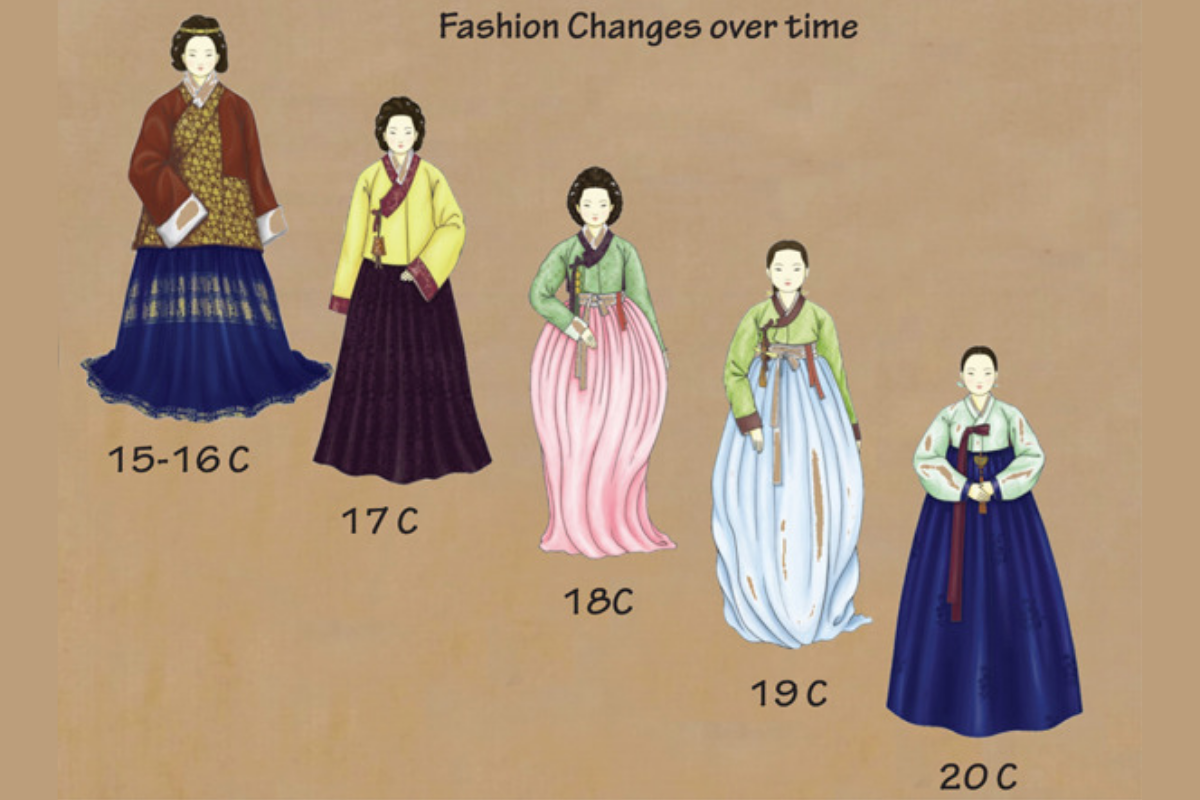 Source: instiz
Source: instiz
Upperclass clothing used bright color for children and young women and softer colors for the middle-aged.
Ordinary people were only allowed to wear white and were only permitted on special occasions to wear light pink, light green, grey, and charcoal colored clothes.
In more formal settings, men were to wear knee length Durumagi when going out.
Modern Era
현대시대
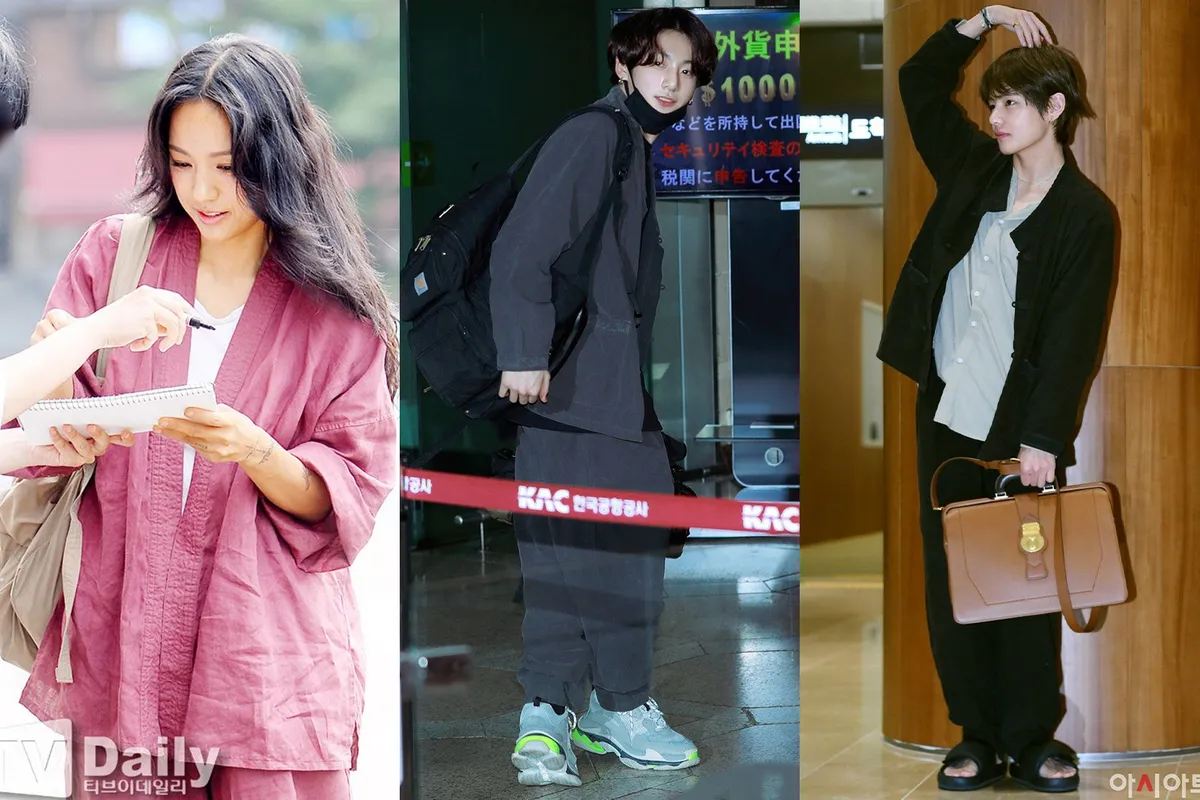
These days, Koreans are still very fond of wearing Hanbok, but in more modernized and practical variations.
Summer Hanboks are often made of linen, while winter ones are made of wool.
The Hanbok is convenient and looks great, so many celebrities opt for the style.
If you want, you can read more about modern Hanbok brands worn by Korean celebrities here and even buy yourself one here!
This has been a very brief history of the Hanbok.
What new things did you learn today about traditional Korean clothing?